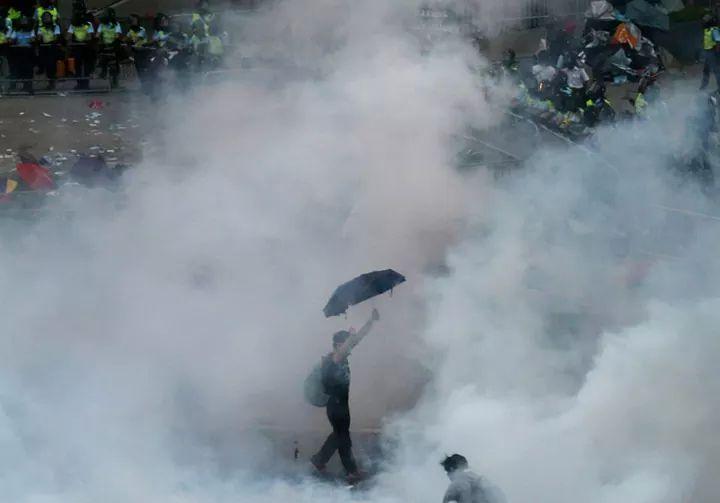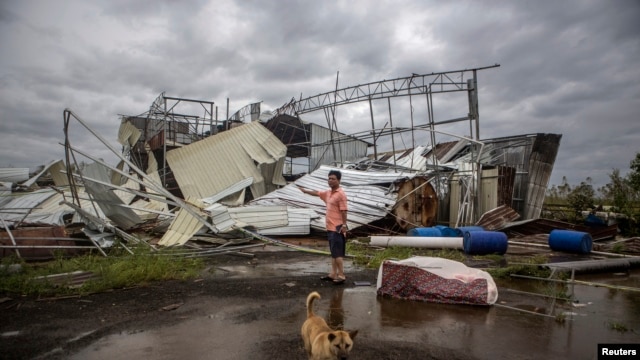

Twitter | @HKFS1958
學聯 HKFS on Twitter: "Credits to BBC World News #hkclassboycott http://t.co/Yu63ZkEE7u"
HONG KONG — Pro-democracy protesters took to the streets Tuesday in a growing confrontation with China over the financial hub's future as either an enclave of freedom or another communist-controlled city.
Protest leaders set a Wednesday deadline for a response from the government to their demands for reforms and said they would soon announce new civil disobedience plans.
Some protesters are already labeling the movement "the umbrella revolution" for the umbrellas many are holding to deflect pepper spray and tear gas that was lobbed by police on Sunday night.
That fueled even more protesters to come out in force Monday. Tens of thousands of young demonstrators blocked what are normally some of Hong Kong's busiest streets.
"It's the 'umbrella revolution,'" said Emily Pang, 24, a cricket club receptionist who planned to stay overnight in the streets beside one of many barricades. "I have to protect our Hong Kong," she said.
The protest was sparked by anger over China's refusal to allow the open selection of candidates for Hong Kong's leader, called the chief executive, in the city's first democratic election scheduled for 2017. Instead, a panel will pick two or three candidates to run.
At stake is not just the election but the future of the former British colony as a semiautonomous city and the prospect of the pro-democracy movement spreading to the mainland.
"This is anything but a flash in the pan," said Scott Harold, a political scientist at RAND Corp. Beijing wants to crack down on the protests so that Hong Kong's political freedoms don't "infect" the rest of the country, he said.
Wall Street is also watching the protests nervously, as the world's second-largest economy can make global markets shudder. The Dow initially plunged 170 points early Monday before mostly recovering by day's end.
Umbrella Men: Hong Kong’s #OccupyCentral goes viral & visual (PHOTOS) http://t.co/rCWbI5EfkUpic.twitter.com/HD2SBpL7IS
— ☭rapidnewstweets☠ (@juergen_p) September 29, 2014
China, which has ruled Hong Kong since 1997 as "one country, two systems," has denounced the week-long protest and blocked information about it from reaching the mainland. Instagram was blocked Sunday. Beijing also blocks other globally popular sites, including Twitter, Facebook and YouTube.
Chinese state media have offered little coverage of what's happening in Hong Kong other than noting an illegal gathering was out of control and being curtailed by police.
In Washington, White House spokesman Josh Earnest said the United States is closely watching the situation and is calling on authorities to "exercise restraint."
"The United States supports universal suffrage in Hong Kong," Earnest said, adding that people should have "a genuine choice of candidates."
USA TODAY







 This satellite image of Typhoon Matmo, courtesy of NOAA, was taken Tuesday night, local time.
This satellite image of Typhoon Matmo, courtesy of NOAA, was taken Tuesday night, local time.







